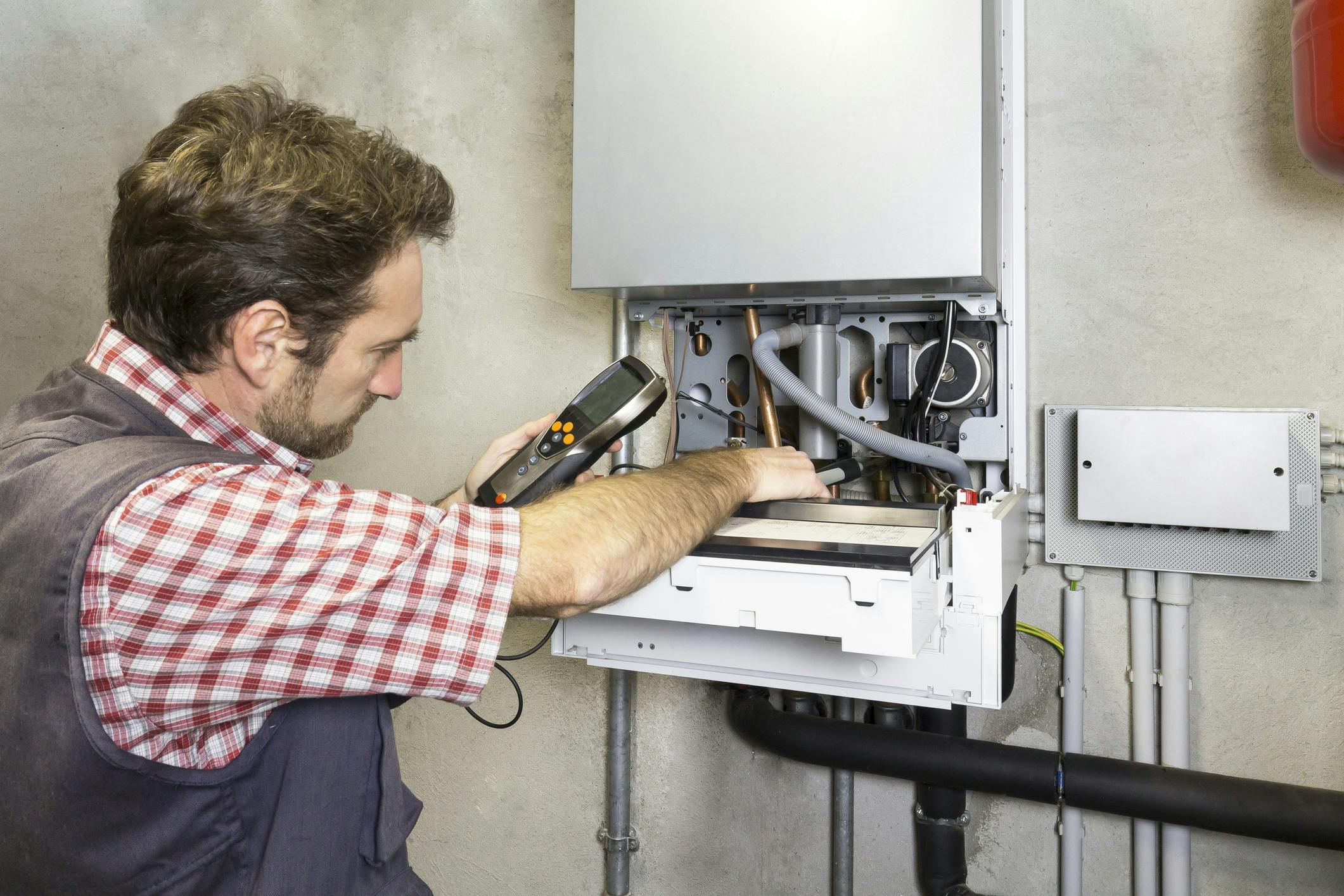Robots are helping Australian businesses navigate the complex energy market and save millions of dollars in energy costs.
Data released today by Australian technology company BidEnergy shows that over the last 12 months robots found savings totalling $2.6 million in 822 instances.
For one large enterprise customer, robots found a saving of more than $25,000 from just one electricity meter.
BidEnergy’s robots, also known as robotic process automation (RPA) technology, found these major savings by extracting and processing energy, gas and water bills together with smart meter data, relating to businesses’ usage and consumption. More effective and accurate than traditional manual workflows, these robots are able to process 6,000 bills in the time that it takes one human worker to do one bill completely.
Across more than 19,000 enterprise customer sites in Australia, the robots were able to find an average saving of $138 per electricity meter. With hundreds of thousands of meters installed across the enterprise electricity market, BidEnergy projects these savings opportunities could equate to more than $100 million.
The average saving found for customers was $3,211. Robots found $1.9 million in combined savings relating to bill validation, such as bills past their occupancy dates, bills with incorrect charges or government fees, overpaid bills and overlapping bills.
Robots also found over $670,000 in combined savings for businesses using cost avoidance tactics, such as changing network tariffs during peak or off-peak periods and discounts in particular locations.
BidEnergy Managing Director, Guy Maine, said, “Australian businesses today are being forced to manage an incredibly complex energy pricing structure. For companies managing multiple sites in multiple locations around the country, the focus needs to shift away from just saving money to ensuring the accuracy of data in their existing bills.”
BidEnergy is the sole RPA player in the global energy category, managing more than $635 million in energy costs for its global enterprise customer base. The company believes that RPA utilising artificial intelligence and machine learning will change the landscape for Australian businesses struggling to manage the complexity of energy bills, by creating transparency and a single source of truth around energy spend.
“These hard saving opportunities could benefit other Australian businesses, at a time when energy prices continue to soar and business leaders face increasing pressure on their bottom line from every direction.”
However, while energy and utility spend is certainly on the radar of corporate Australia, many businesses don’t have any visibility over their own consumption and rates.
“Energy and utility spend is now one of the riskiest line items in Australian businesses’ P&L statements because it’s so volatile. If it isn’t on the Chief Financial Officers’ radar now, it should be. Yet, when we challenge big businesses to show us a bill, they often tell us its sitting with accounts payable,” said Maine.
“Businesses need to know. You need to know if there is an outlier location. You need to know if there has been a significant change in consumption. You need to make sure that because of the major size of this spend category, your rates are correct and you’re getting the best possible rate,” said Mr Maine.
Australian businesses need to realise how RPA and cognitive strategies can drive significant cost reduction and operational improvements or risk falling behind their global counterparts.
Mr Maine believes the rollout of smart meters will drive increased interest in energy management software and services across the board, as businesses and homes of all sizes look to understand and use the data generated to make better decisions about how they consume energy.
“The energy market today can be confusing, with its varying rates, prices and discounts. A new approach to energy spend management is needed to stay ahead of the curve and make significant savings. The beauty of RPA is that it simplifies energy in a way that businesses don’t have to worry about it. Businesses can be reassured that their budgets, plans and forecasts all use accurate information and data.”

